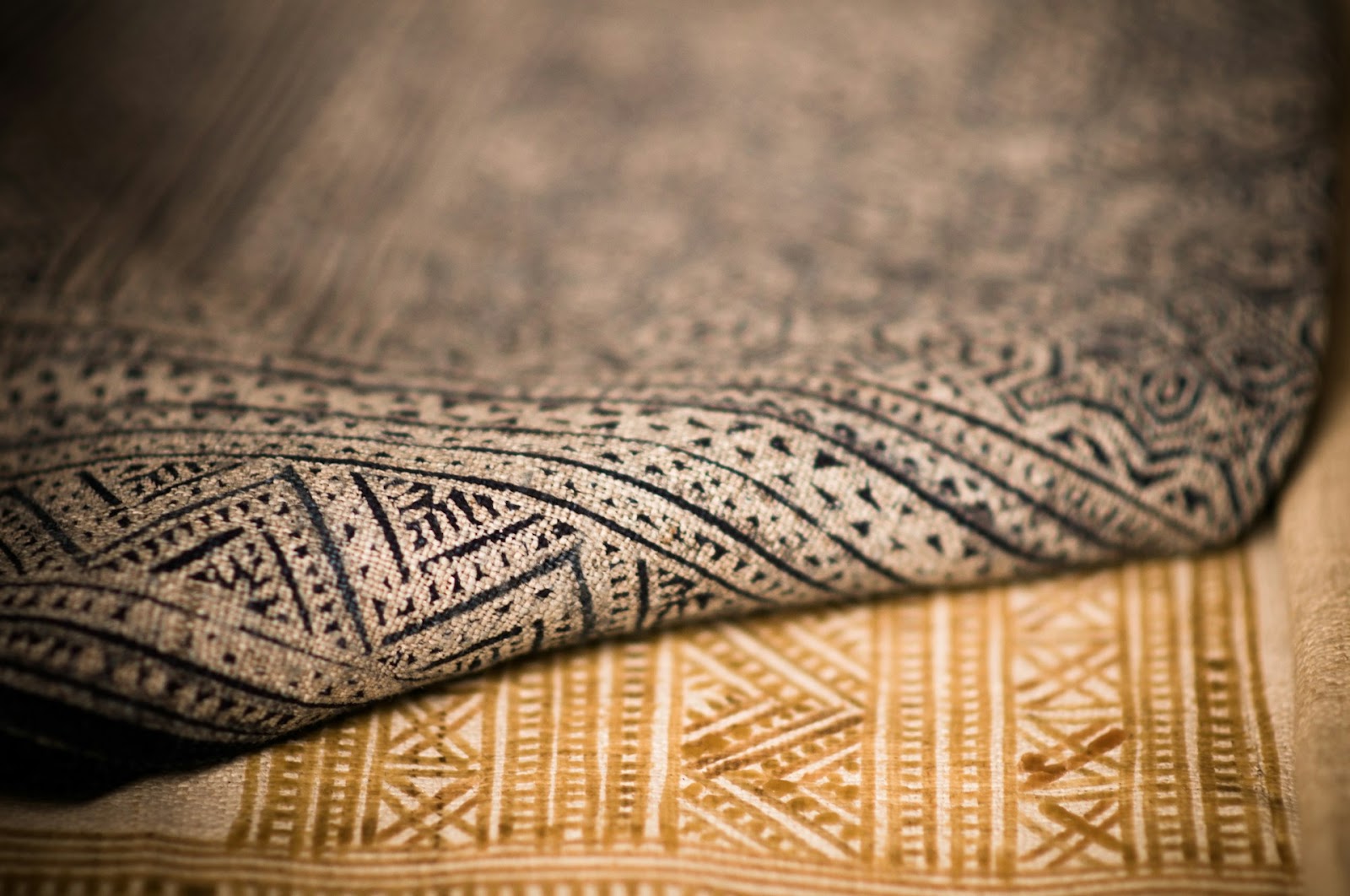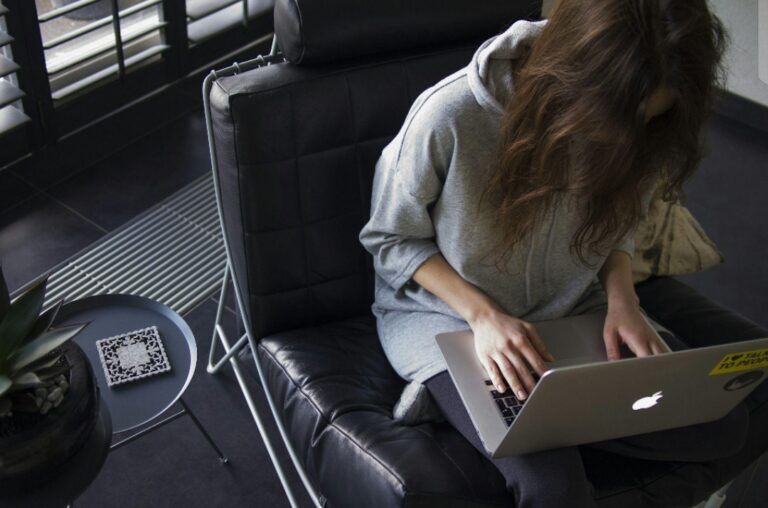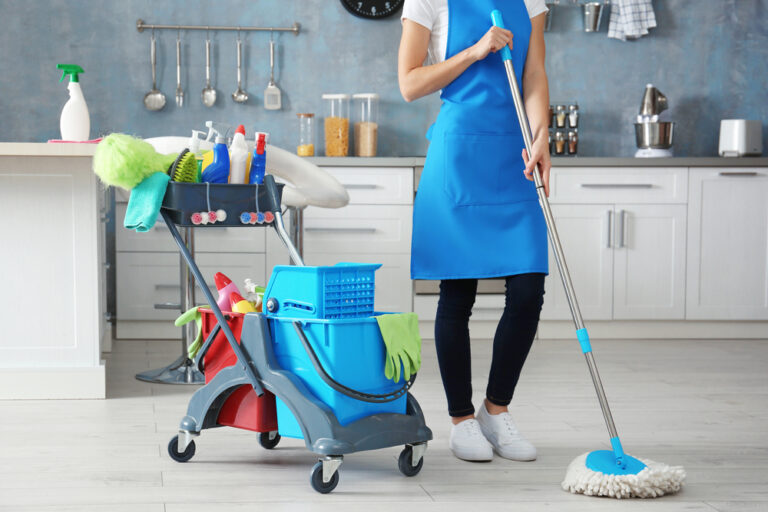How to Clean and Restore an Old Carpet Without Replacing It
Carpets play a major role in making a home feel warm and comfortable, but over time, they can lose their charm. Years of foot traffic, spills, pet accidents, and accumulated dust can leave a once-beautiful carpet looking dull, worn out, and stained.
Fortunately, you don’t have to replace your carpet to bring it back to life. With the right cleaning techniques and restoration methods, you can revitalize your old carpet and make it look fresh and inviting again.
Start with a Deep Vacuuming
Before you begin any old carpet restoration, the first step is to remove all the loose dirt, dust, and debris embedded in the carpet fibers. A regular vacuuming routine may not be enough if your carpet hasn’t been cleaned in a while.
For a more effective deep vacuuming session, use a high-quality vacuum cleaner with strong suction power and follow these steps:
- Vacuum slowly and methodically to allow the machine to pick up as much dirt as possible. Rushing through this step will leave behind embedded particles.
- Use the vacuum’s attachments to reach tight corners, baseboards, and areas under furniture where dust accumulates.
- Go over each section multiple times, vacuuming in different directions to lift dirt trapped deep within the fibers.
- If your carpet is heavily soiled, consider using a vacuum cleaner with a HEPA filter to remove allergens and improve indoor air quality.
By thoroughly vacuuming, you create a clean foundation for the deep-cleaning steps that follow.
Treat Stains and Spots Before Deep Cleaning
Old stains can be an eyesore, making your carpet look aged and neglected. Different types of stains require different treatment methods. Address stains as early as possible using the following techniques:
- For food and beverage stains, mix equal parts of white vinegar and warm water. Apply the solution to the stain and let it sit for ten minutes before blotting it with a clean, dry cloth.
- For pet stains, use an enzyme-based cleaner designed to break down proteins in urine and other organic stains. Avoid ammonia-based products, as they can make the odor worse.
- For grease and oil stains, sprinkle cornstarch or baking soda over the area and let it absorb the oil for 15–20 minutes before vacuuming. Follow up with a small amount of rubbing alcohol on a clean cloth to lift any remaining residue.
- For ink stains, dab a cloth with rubbing alcohol and gently blot the stain until the ink begins to transfer onto the cloth. Avoid rubbing, as it can spread the stain further.
Always test any cleaning solution on a small, hidden area of the carpet before applying it to larger sections to prevent discoloration.
Deodorize Your Carpet Naturally
Over time, carpets can develop unpleasant odors due to trapped dirt, spills, and moisture. Instead of using artificial sprays that only mask the smell, try natural deodorizing methods that remove odors at their source:
- Sprinkle a generous amount of baking soda over the entire carpet and let it sit for at least 30 minutes. For stronger odors, leave it overnight.
- Vacuum thoroughly to remove the baking soda along with any absorbed odors.
- To add a pleasant scent, mix a few drops of essential oil, such as lavender or lemon, into the baking soda before applying it.
- If your carpet has a musty smell, lightly mist it with a mixture of white vinegar and water, then allow it to air dry.
Deodorizing your carpet not only makes your home smell fresher but also helps eliminate bacteria and allergens trapped within the fibers.
Deep Clean with Steam or Carpet Shampoo
A deep cleaning session can significantly improve the appearance of your carpet. There are two effective methods to deep-clean carpets: shampooing and steam cleaning.
- If you choose carpet shampooing, rent or purchase a carpet cleaner and use a high-quality carpet detergent. Work in small sections, applying the shampoo evenly and allowing it to penetrate the fibers before rinsing and extracting excess moisture.
- Steam cleaning, also known as hot water extraction, is an excellent way to remove deep-seated dirt and bacteria. A steam cleaner injects hot water and detergent into the carpet fibers and then extracts the solution along with loosened dirt.
- Avoid over-wetting the carpet, as excessive moisture can lead to mold growth and a longer drying time. Ensure proper ventilation and allow the carpet to dry completely before walking on it.
If your carpet has stubborn stains or heavy soiling, you may need to repeat the deep cleaning process in particularly affected areas.
Revive Flattened Carpet Fibers
Foot traffic and heavy furniture can cause carpet fibers to become matted and flattened, making the carpet look old and worn. Fortunately, there are simple ways to revive and fluff up the fibers:
- Use the ice cube trick: Place ice cubes over the flattened areas and let them melt. Once the water has been absorbed into the fibers, use a spoon or a soft brush to lift and restore their natural texture.
- Steam the fibers: Hold a steam iron or garment steamer a few inches above the carpet (do not press it directly onto the fibers) and gently fluff the carpet using a clean brush.
- Rake the carpet with a carpet brush or specialized carpet rake to lift crushed fibers and distribute them evenly.
- Vacuum regularly using a brush attachment to prevent future flattening and maintain the carpet’s plush look.
Restore Carpet Color and Address Fading
If your carpet’s color has faded over time, there are ways to restore its vibrancy:
- Use a carpet dye kit designed to match your carpet’s original shade. Apply the dye carefully, following the manufacturer’s instructions.
- If you have minor discoloration in small patches, fabric paint or upholstery spray paint can help blend faded areas.
- To prevent further fading, keep curtains or blinds drawn during peak sunlight hours to minimize exposure to UV rays.
For significant color fading, professional carpet-dyeing services can provide more uniform and lasting results.
Prevent Future Wear and Tear
Once your carpet has been cleaned and restored, maintaining its condition is key to extending its lifespan. Follow these preventive measures to keep it looking fresh:
- Place doormats at entry points to reduce the amount of dirt and debris tracked onto the carpet.
- Encourage a no-shoes policy indoors to minimize wear and tear.
- Rearrange furniture occasionally to prevent permanent dents and imprints in the carpet.
- Apply a carpet protector spray to create a barrier against spills and stains.
- Vacuum at least twice a week to prevent dirt from settling deep into the fibers.
- Schedule professional deep cleanings once or twice a year for thorough maintenance.
Restoring an old carpet doesn’t have to be a costly or time-consuming process. With proper cleaning, deodorizing, deep cleaning, and fiber restoration techniques, you can breathe new life into your carpet without the need for replacement.
Regular maintenance and preventive measures will help keep your carpet in excellent condition for years to come. By following these simple steps, you can enjoy the comfort and beauty of a clean, refreshed carpet without the expense of buying a new one.








